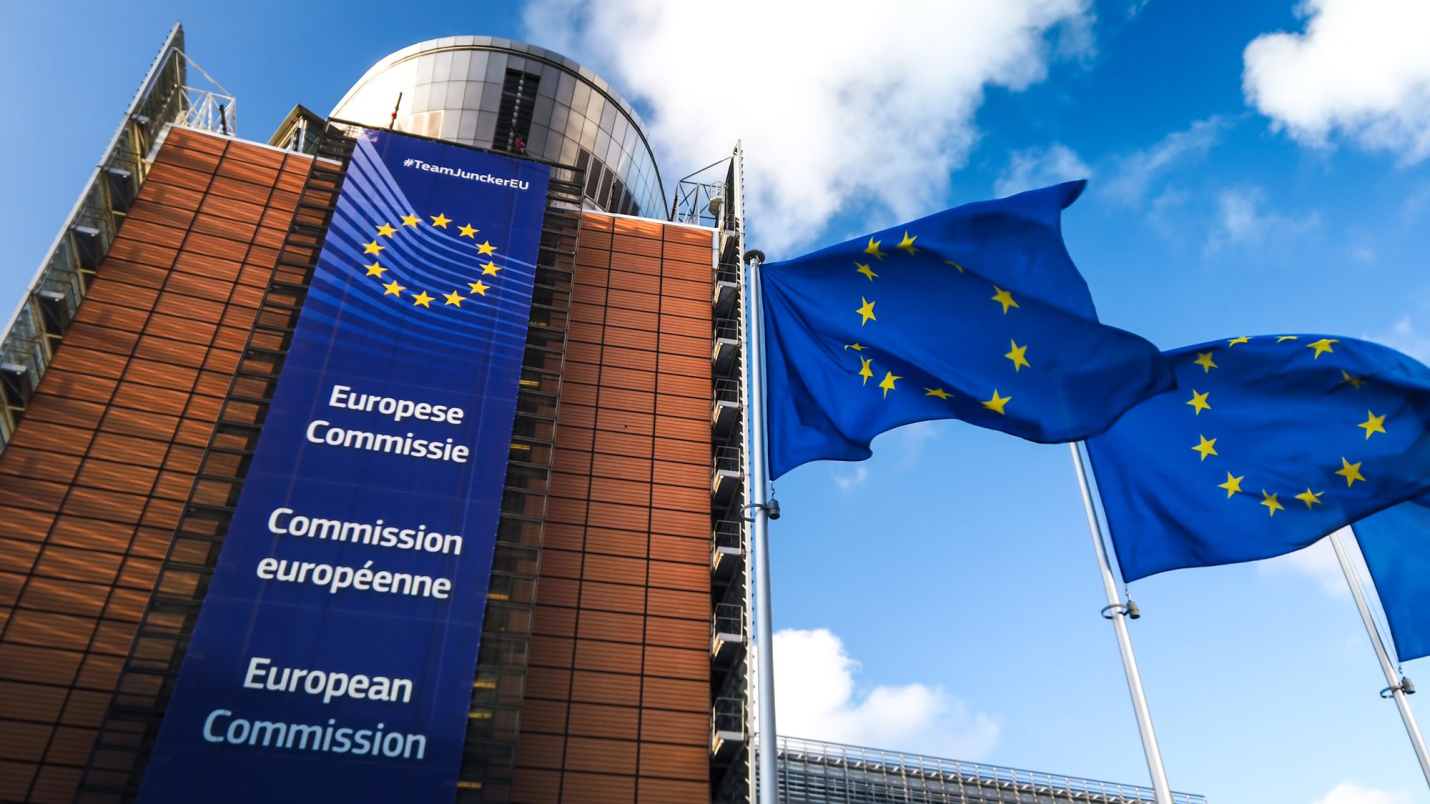Description

Copyright infringement not intended
Context: The European Union (EU) has enacted a new Foreign Subsidies Regulation (FSR) to prevent foreign subsidies that impair competition in the EU market. As a significant exporter to the EU, India is expected to face more scrutiny as a result of this law, raising concerns about its flagship production-linked incentive (PLI) scheme and other export incentives granted to Indian firms.
Details
- The European Union (EU) has introduced a new Foreign Subsidies Regulation (FSR) aimed at prohibiting foreign subsidies that distort competition within the EU market.
- India, being a major exporter to the EU, is likely to face increased scrutiny under this regulation, raising concerns about its flagship production-linked incentive (PLI) scheme and other export benefits provided to Indian companies.
Features of the Foreign Subsidies Regulation (FSR):
- It covers financial contributions from non-EU governments to firms operating in or exporting to the EU market. These contributions can include direct grants, low-interest loans, tax incentives on goods or services, and the provision of land or buildings at below-market prices.
- It aims to address the distortions caused by foreign subsidies that give an unfair advantage to companies operating in the EU's Single Market.
- Businesses engaged in transactions involving foreign subsidies exceeding a certain threshold must notify the European Commission about the details of these transactions.
- The European Commission has the authority to investigate cases where foreign subsidies are found to distort competition.
- It can take various actions, including fines of up to 10% of the business’s annual aggregated turnover, requiring repayment of the subsidy, or banning the company from participating in public procurement.
- The regulation applies to all sectors of the economy and covers all types of foreign subsidies, including grants, loans, guarantees, tax incentives and equity injections.

It introduces three main tools to tackle foreign subsidies:
- A general market investigation tool that allows the Commission to start ex officio procedures to assess whether foreign subsidies have distorted the internal market and impose remedies or penalties if necessary.
- A merger notification tool that requires companies that have received foreign subsidies in the last three years and are involved in concentrations with an EU dimension to notify the Commission and obtain its clearance before completing the transaction.
- A public procurement notification tool that requires bidders that have received foreign subsidies in the last three years and are participating in public procurement procedures in the EU to notify the contracting authority and the Commission and obtain their approval before being awarded a contract.
Impact on India's export
- India's total exports to the EU are valued at nearly $75 billion, making it a crucial export market for the country. The FSR could disrupt trade and impact Indian exports to the EU.
- The regulation could have a significant impact on India's exports to the EU and its flagship production-linked incentive (PLI) scheme, which aims to boost domestic manufacturing and exports in key sectors such as electronics, automobiles, pharmaceuticals and textiles.
- The impact on India's exports to the EU could depend on how the Commission defines and assesses foreign subsidies and whether it considers India's trade preferences under the Generalised Scheme of Preferences (GSP) as a form of subsidy.
- The impact on India's PLI scheme could depend on whether the Commission considers it as a distortionary measure that gives an unfair advantage to Indian companies over their EU competitors or as a legitimate policy tool to support industrial development and innovation.
Challenges for India
- Facing increased scrutiny and delays in its trade and investment activities with the EU due to the notification and investigation requirements under the regulation.
- Have to disclose sensitive information about its subsidy schemes and beneficiaries to the Commission and potentially facing remedies or penalties if they are found to be distortive.
- Have to adjust its subsidy policies and practices to comply with the EU's standards and expectations or risk losing market access or facing trade disputes.
Some of the possible ways forward for India
- Engaging in dialogue and cooperation with the EU to clarify the scope and implementation of the regulation and ensure transparency and predictability for its businesses.
- Seeking exemptions or carve-outs for certain sectors or types of subsidies that are essential for India's development goals or strategic interests.
- Strengthening its domestic competition policy and enforcement to address any distortions caused by foreign subsidies in its market and create a level playing field for its businesses.
- Indian businesses must identify and notify the EU about any subsidies they receive from governments, state-owned enterprises, or other public bodies to comply with the FSR requirements.
- The government can work with the World Trade Organization (WTO) to address the violation of WTO mandates by the FSR, seeking resolution through the Subsidies and Countervailing Measures (SCM) Agreement.
- India needs to diversify its export markets and reduce reliance on the EU to mitigate potential risks arising from regulations like the FSR.

Conclusion
- The Foreign Subsidies Regulation is a landmark initiative that reflects the EU's growing concerns about unfair competition from foreign-subsidized companies. It could have significant implications for India's trade and investment relations with the EU, especially in light of its PLI scheme. India should closely monitor the implementation of the regulation and engage constructively with the EU to safeguard its interests and ensure a mutually beneficial partnership.
Must-Read Articles:
EUROPEAN UNION (EU): https://www.iasgyan.in/daily-current-affairs/european-union-eu
INDIA-EU FREE TRADE AGREEMENT: https://www.iasgyan.in/daily-current-affairs/india-eu-free-trade-agreement
Production Linked Incentive (PLI) Schemes: https://www.iasgyan.in/daily-current-affairs/production-linked-incentive-pli-schemes#:~:text=The%20schemes%20aim%20to%20provide,products%20in%20the%20global%20market.
|
PRACTICE QUESTION
Q. Discuss the current state of trade relations between India and the European Union (EU), highlighting the challenges and opportunities for both parties. What are the key areas of cooperation and potential barriers hindering further trade growth? Suggest a way forward to enhance economic ties and address the existing challenges for a mutually beneficial partnership.
|
https://www.livemint.com/economy/eus-new-subsidy-rule-could-hit-india-s-pli-11689697121493.html















